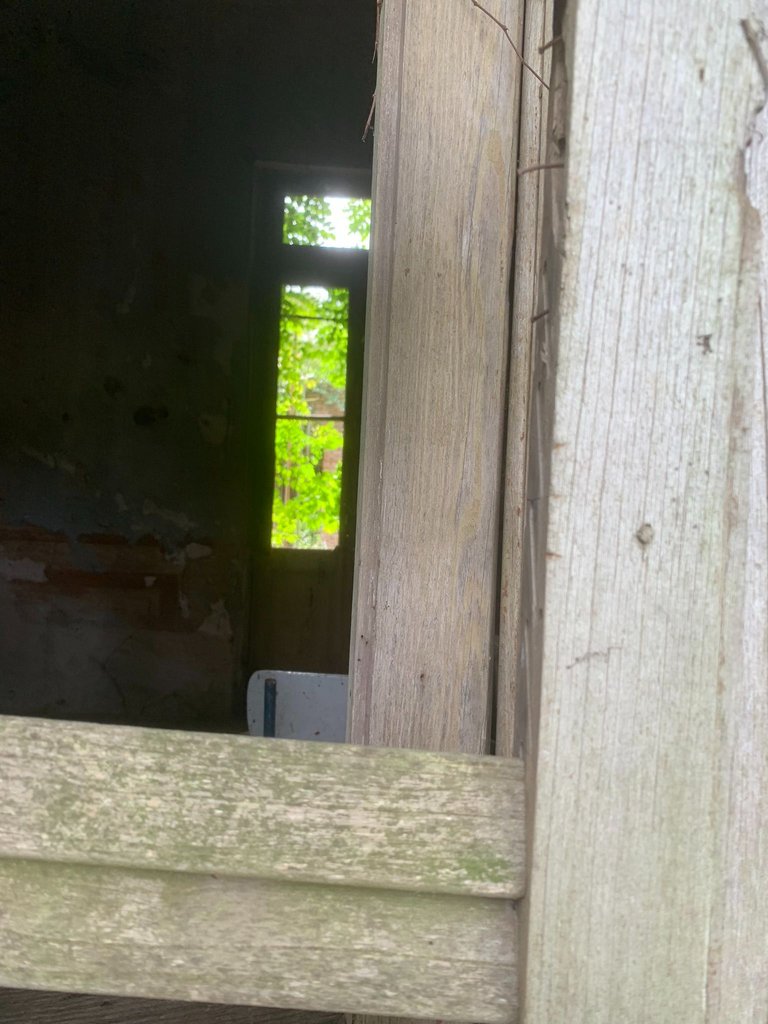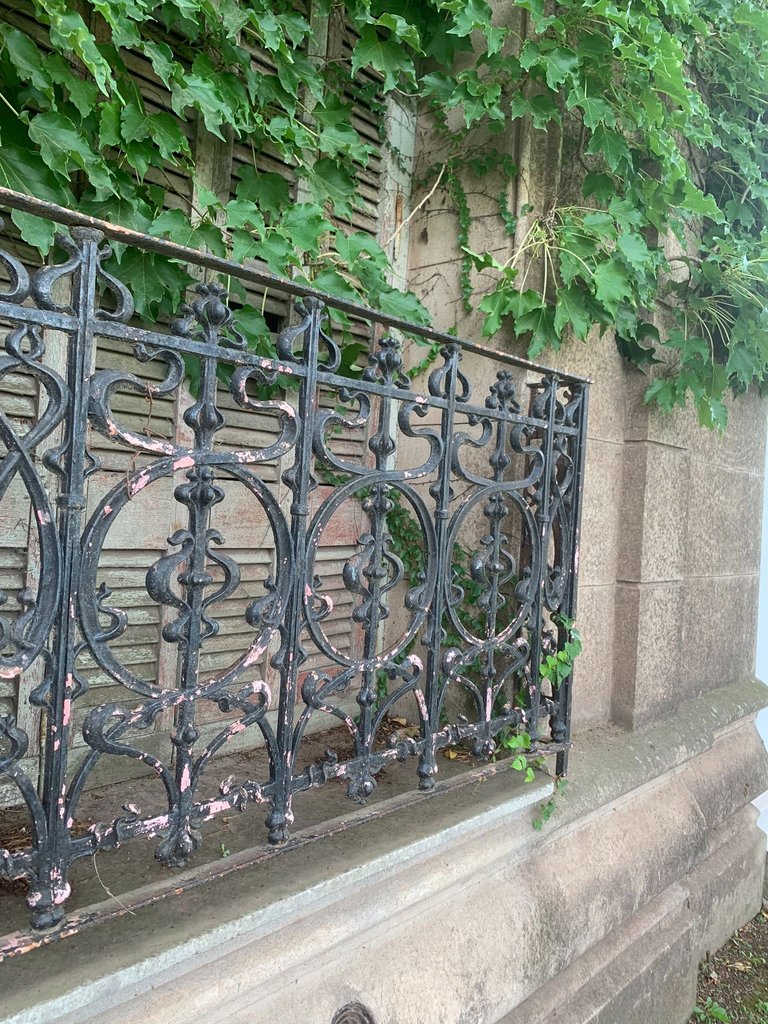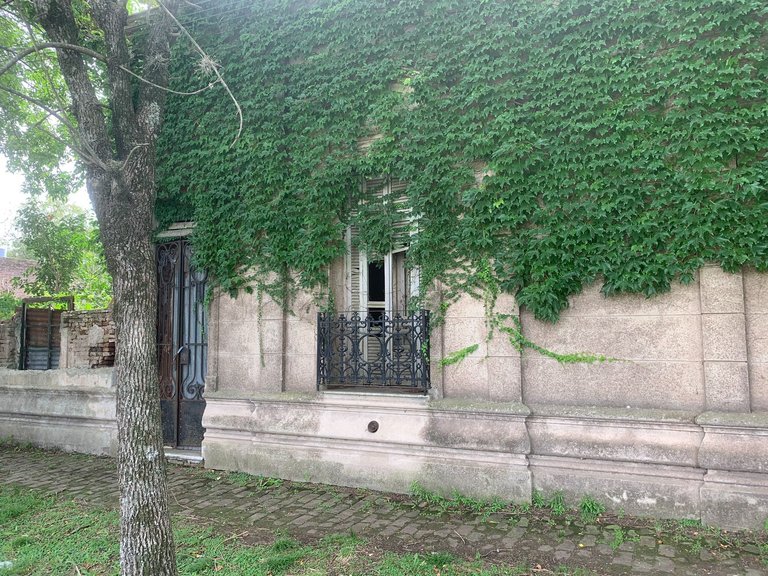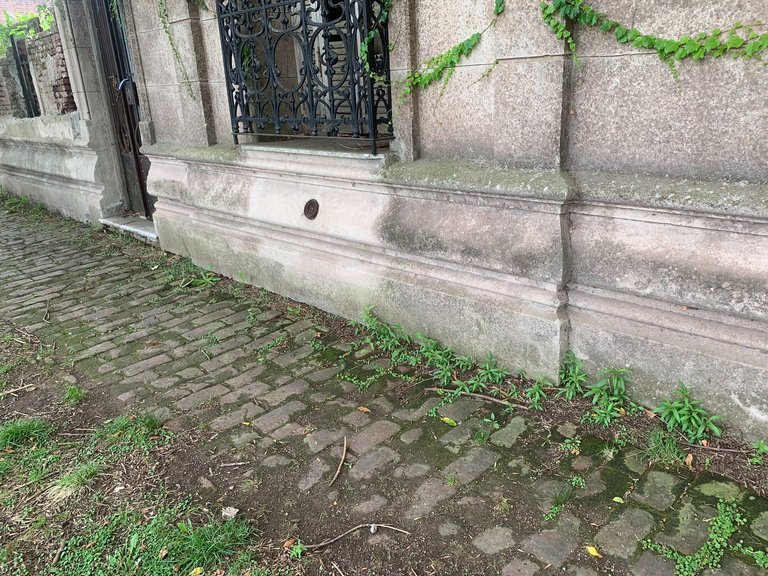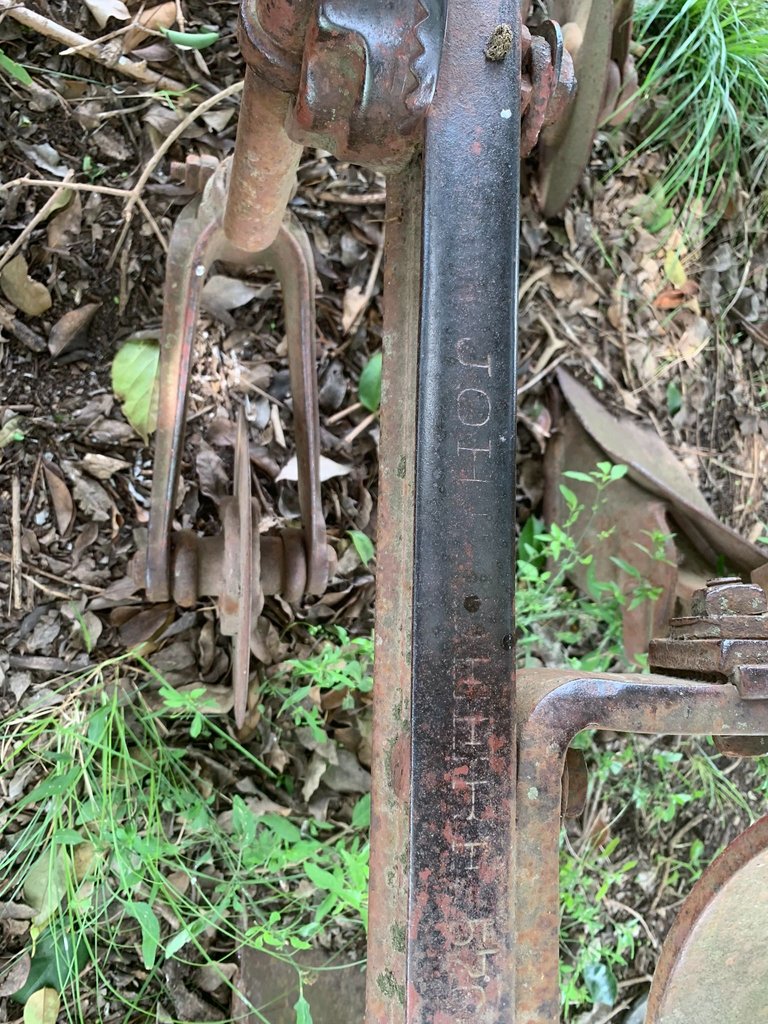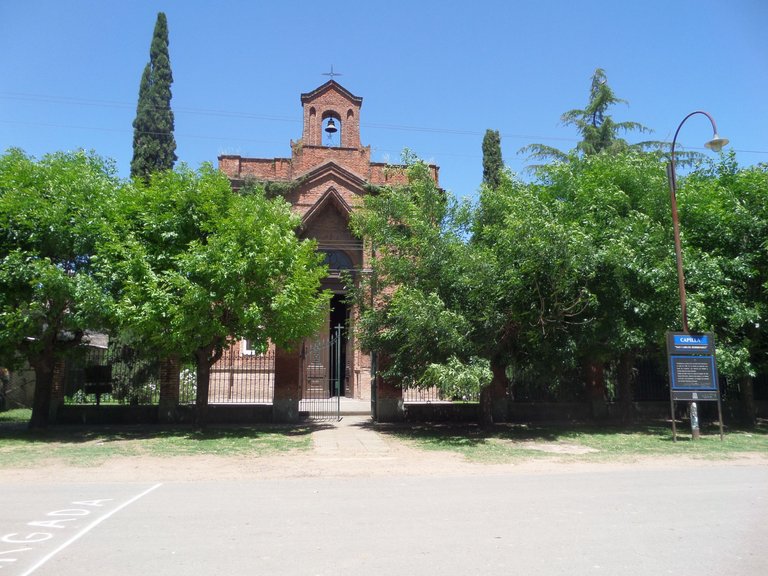Una ventana al pasado(SPA-ENG)
Ignoro el o los motivos científicos que nos provocan un gran interés por el pasado, no soy psicólogo ni sociólogo, menos todavía psiquiatra por lo tanto mi intuición me dice que el tiempo pasado trae, en general, gratos recuerdos para las personas mayores y una especie de fascinación o curiosidad sobre cómo era la vida de nuestros abuelos para los más jóvenes.
Por supuesto son generalidades subjetivas y no todos son atraídos por esas cosas, de hecho, conozco algunas personas, en general jóvenes, que todo lo antiguo les provoca rechazo, probablemente sea una enfermedad que se les irá curando con el paso de los años.
Pero basta de "cháchara" diría mi abuela para referirse a una conversación intrascendente. Vamos a lo que vinimos, a hablar de un corto viaje a un par de pueblos de la provincia de Buenos Aires que atraen una enorme cantidad de visitantes cada fin de semana. Los motivos son varios, pero principalmente es algo relacionado con una de las actividades preferidas por el hombre: la gastronomía; estos pueblos llamados Carlos Keen y Villa Ruíz, forman parte del circuito gastronómico de pueblos cercanos a la Capital Federal de la Argentina.
Muchos pueblos cercanos a la gran ciudad, han visto renacer sus alicaídas economías al reconvertirse en lugares que ofrecen una interesante gastronomía acompañada del aire campestre y la antigüedad de sus construcciones y forma de vida.
Una especie de ventana que nos deja observar los entresijos de otros tiempos cuando la gente solo vivía de su trabajo en el campo y no necesitaba ni podía acceder a los lujos de los grandes orbes.
No hace falta alejarse mucho del centro de esos pequeños pueblos de apenas un par de miles de habitantes, en las calles que rodean la plaza principal donde nunca falta la iglesia, la municipalidad y la policía, se puede observar todo tipo de construcciones que llevan más de un centenar de años desafiando las inclemencias del tiempo y los avatares de la vida. Muchas de ellas reconvertidas en restaurantes y negocios, otras todavía con gente habitándolas, también algunas abandonadas a su suerte.
Las enredaderas y las aceras de ladrillos son una constante en la fachada de muchas de esas casas, también el trabajo artesanal a estas alturas totalmente perdido en los pliegues del tiempo, de la herrería artística en ventanas, balcones, escaleras y portones.
Una de estas casas abandonadas nos permite asomarnos para ver por un postigo de madera desvencijada y podrida, su interior en ruinas, en el fondo otra ventana rota, crea el efecto de un túnel que nos guía hacia la luz del sol proveniente de un patio posterior, también ruinoso y colonizado por plantas que crecen a su antojo; sus antiguos dueños se han ido hace tiempo y solo algo parecido a una estufa de color blanco queda apoyada en el piso como testigo indiscutible de que esa estancia estuvo habitada en algún momento.
La iglesia es una construcción tan antigua como el resto del pueblo, pero está restaurada y relativamente bien mantenida, como las casas reconvertidas en restaurantes, kioscos y comercios para la venta de recuerdos, antigüedades o toda suerte de elementos que los visitantes puedan requerir. No faltan las grandes estancias con sus cascos relucientes que ofrecen el tradicional asado criollo y otras exquisiteces de la gastronomía campestre.
Almorzamos en Villa Ruiz, otro pueblo aledaño, tan antiguo como el primero y con buenos restaurantes también ellos. En la plaza principal, frente a la estación de un tren que no pasa desde hace décadas, una serie de maquinarias agrícolas antiguas se oxidan y pudren a la vista de todos, quizás en algún tiempo se les ocurrió exhibirlas como una atracción más, debería cuidarlas porque son tesoros que nos recuerdan como se vivía y trabajaba en los albores del siglo XX.
Justamente allí, descansando del arduo trabajo de muchos años, descubrí un arado herido de muerte por el olvido, el óxido y la corrosión; llamó mi atención algo que me mostró claramente la conexión patente e indisoluble entre lo antiguo y lo moderno: grabado en la estructura de hierro, el nombre de John Deere se leía claramente.
Dejamos temprano los pueblos del circuito gastronómico, luego de un opíparo almuerzo y una sobremesa relajante y amena, volvimos a la selva de cemento, con las baterías cargadas para enfrentar otra semana de trabajo.
Mientras manejaba mi automóvil en el viaje de regreso, recordé la ventana al pasado de la vieja casa de ladrillos abandonada; en sus fondos imagino, no una vegetación salvaje y librada a su suerte sino otra ventana al futuro, como un espejo reflejando su propia imagen sin solución de continuidad, algo fuera de nuestro alcance que dirige la vida de las personas y que nos moldea sin que nos demos cuenta, algo que nos lleva inexorablemente a lo que somos hoy.
A window to the past
I do not know the scientific reasons that cause us to have a great interest in the past, I am not a psychologist or sociologist, much less a psychiatrist, therefore my intuition tells me that time brings, in general, pleasant memories for older people and a species of fascination or curiosity about what the life of our ancestors was like, for the youngest.
Of course, these are subjective generalities, and not everyone is attracted to those things. I know some people, generally young people, who reject everything old; it is probably an illness that will be cured over the years.
But enough of the "chatter" my grandmother would say when referring to an inconsequential conversation. Let's get back to what we came for, to talk about a short trip to a couple of towns in the province of Buenos Aires that attract many visitors every weekend. The reasons are various, but mainly it is something related to one of man's favorite activities: gastronomy; These towns called Carlos Keen and Villa Ruíz are part of the gastronomic circuit of towns near the Federal Capital of Argentina.
Many towns close to the big city have seen their ailing economies reborn by converting themselves into places that offer interesting cuisine accompanied by the country air and the antiquity of their buildings and way of life.
A kind of window that allows us to observe the ins and outs of other times when people only lived from their work in the fields and did not need nor could access the luxuries of the great worlds.
You don't have to go far from the center of those small towns of just a couple of thousand inhabitants, in the streets that surround the main square where the church, the municipality, and the police are never missing, you can see all kinds of buildings that carry more of a hundred years defying the inclemency of the weather and the vicissitudes of life. Many converted into restaurants and businesses, others still with people living in them, and some were abandoned to their fate.
The vines and brick sidewalks are a constant on the façade of many of these houses, as well as the craftsmanship at this point completely lost in the folds of time, of the artistic ironwork on windows, balconies, stairs, and gates.
One of these abandoned houses allows us to peek through a rickety and rotten wooden shutter, its interior in ruins, in the background another broken window, creating the effect of a tunnel that guides us towards the sunlight coming from a backyard, also, ruinous and colonized by plants that grow as they please; Its former owners have long gone, and only something resembling a white stove remains resting on the floor as an indisputable witness that this room was inhabited at some point.
The church is a building as old as the rest of the town, but it is restored and relatively well maintained, as are the houses converted into restaurants, kiosks, and shops for the sale of souvenirs, antiques, or all kinds of items that visitors may require. There is no shortage of large ranches with their shiny hulls that offer traditional Creole barbecue and other delicacies of country cuisine.
We had lunch in Villa Ruiz, another nearby town, as old as the first and with good restaurants. In the main square, in front of the train station that has not passed for decades, a series of old agricultural machinery rusts and rots in plain sight. Perhaps at some time, it occurred to them to display them as another attraction, they should be taken care of. because they are treasures that remind us of how people lived and worked at the dawn of the 20th century.
Right there, resting from the hard work of many years, I discovered a plow mortally wounded by oblivion, rust, and corrosion; Something caught my attention that clearly showed me the patent and indissoluble connection between the ancient and the modern: engraved on the iron structure, the name John Deere could be read clearly.
We left the towns on the gastronomic circuit early, after a sumptuous lunch and a relaxing and enjoyable after-dinner meal, we returned to the cement jungle, with our batteries charged to face another week of work.
As I drove my car on the return trip, I remembered the window to the past of the old abandoned brick house; In its depths I imagine, not wild vegetation left to its own devices, but another window to the future, like a mirror reflecting its image without interruption, something out of our reach that directs people's lives and shapes us without us. We realize it, something that inexorably leads us to what we are today.
Héctor Gugliermo
@hosgug
